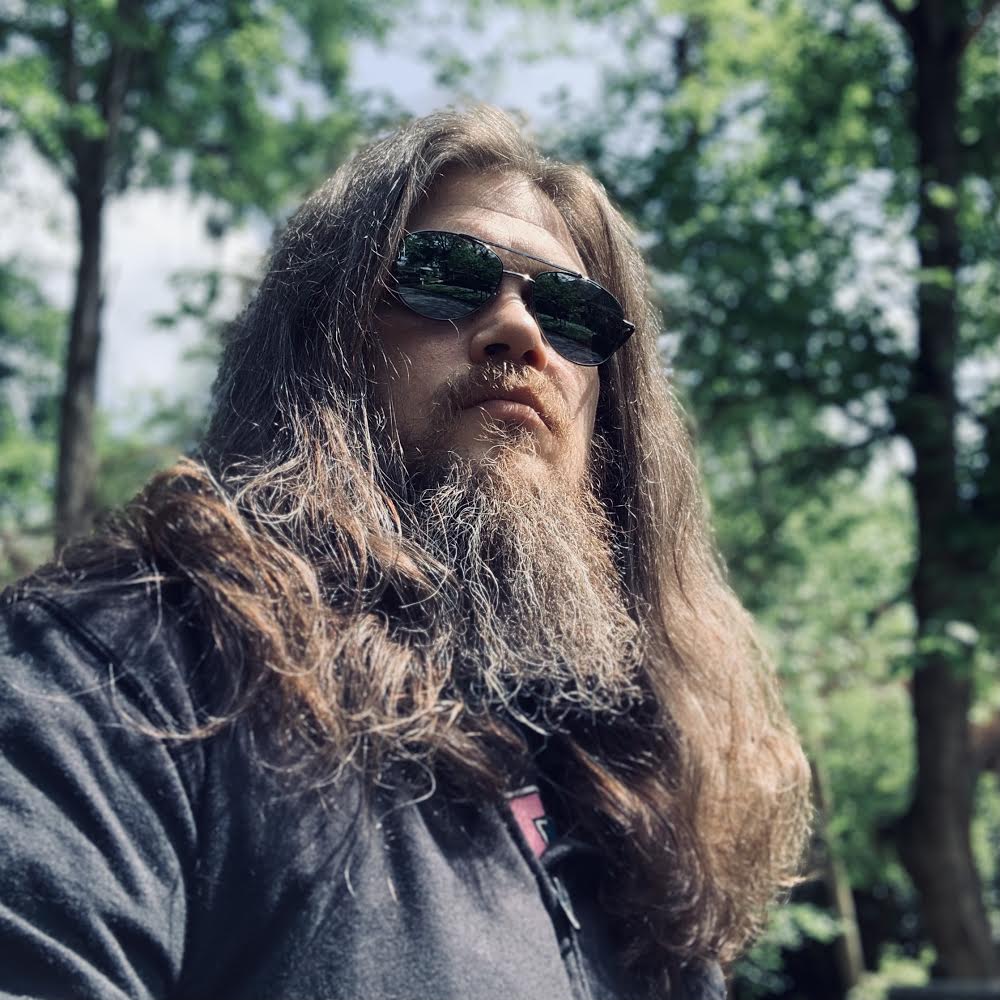The history of Marvel horror comics
Everything you need to know about how horror and superheroes come together in Marvel Comics
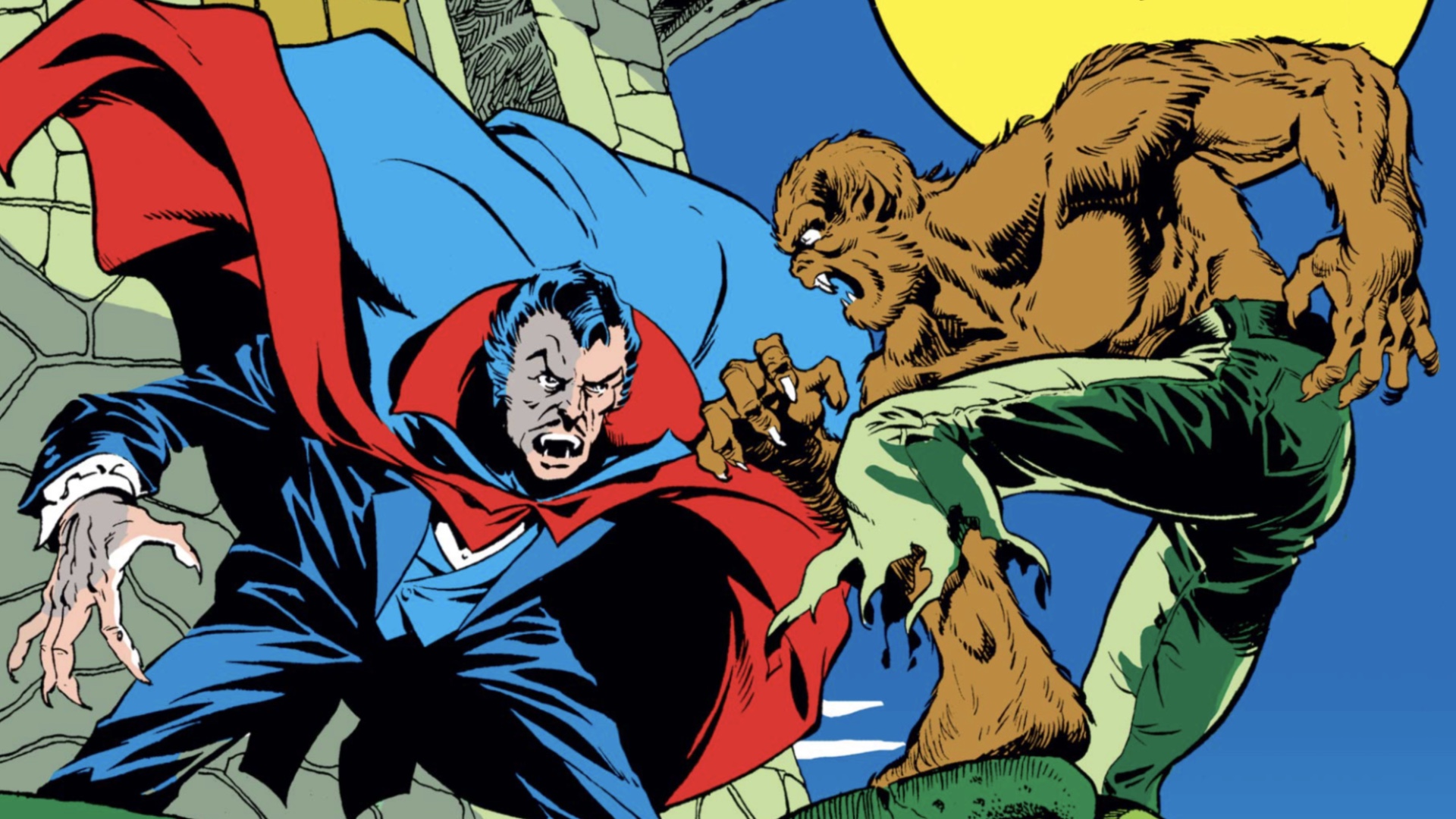
Marvel horror is busting loose in the MCU like a xenomorph from a hapless space miner's chest, with characters such as Moon Knight, Agatha Harkness, Blade, Werewolf By Night, and more either already introduced or soon to come to movies and streaming series.
And that's par for the course for Marvel Comics, whose history with horror and monsters even predates the launch of the Marvel Universe and its many superheroes.
If that's surprising, there's even more shock and awe awaiting as we run down the history of Marvel horror comics and how the tales of terror told in Marvel Comics have set up exactly what's going down as the MCU dips its toes in the horror genre.
Marvel's roots in horror
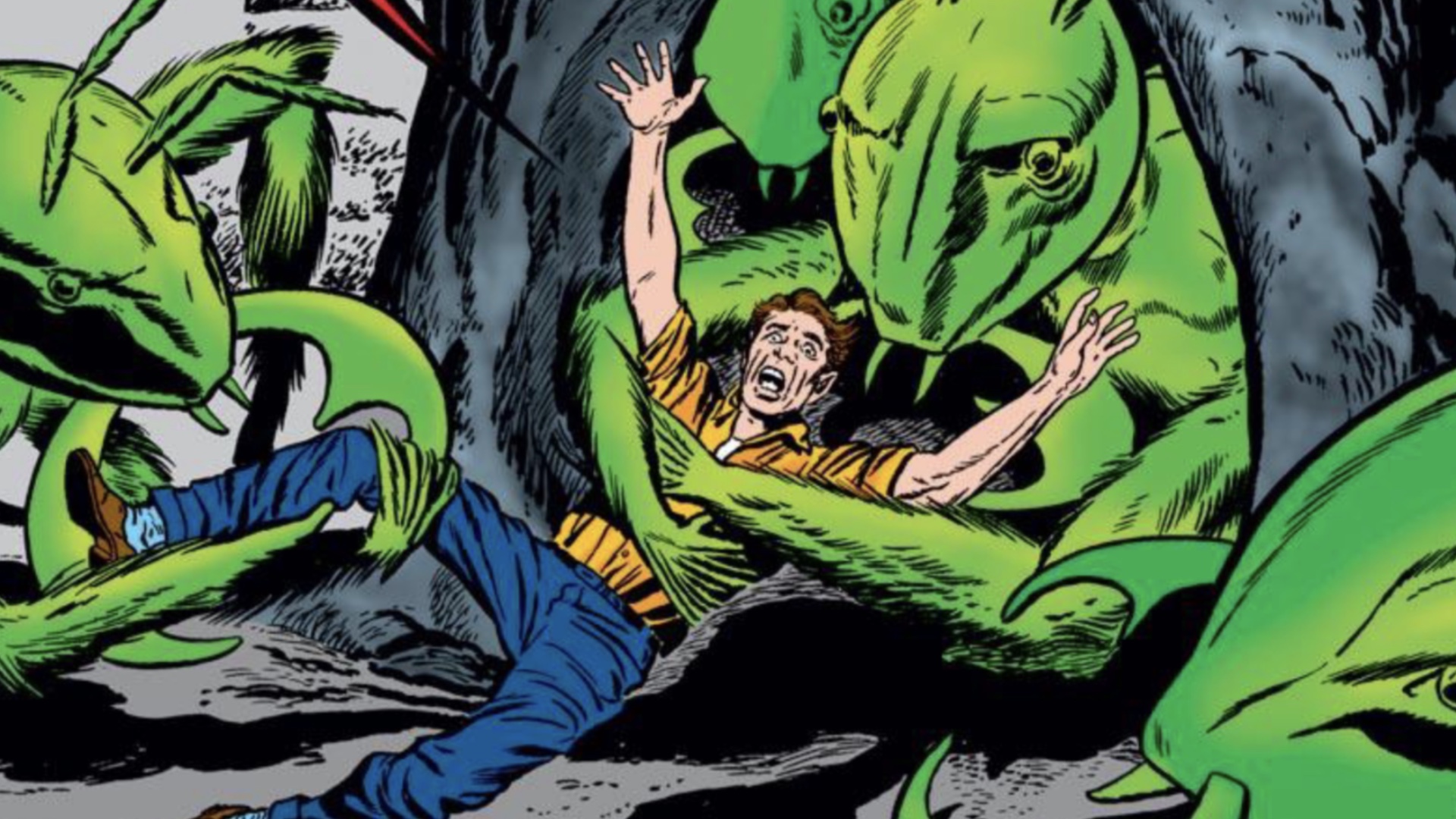
As we said, believe it or not, the modern Marvel Universe's history with horror actually predates its history with superheroes. Before the start of the Marvel Universe in 1961, Marvel Comics, known in the '50s as Atlas Comics, published a ton of horror comics - many of which were created by folks like Jack Kirby, Steve Ditko, and Stan Lee, who would become the creative pillars of the Marvel Universe just a few years later.
Rather than gorey, blood-soaked horror, the tales told in the Atlas days in titles such as Tales of Suspense and Amazing Fantasy (before they eventually switched to telling superhero stories) were often either monster-focused sci-fi horror similar to the popular monster movies of the day, or Twilight Zone-esque situational horror.
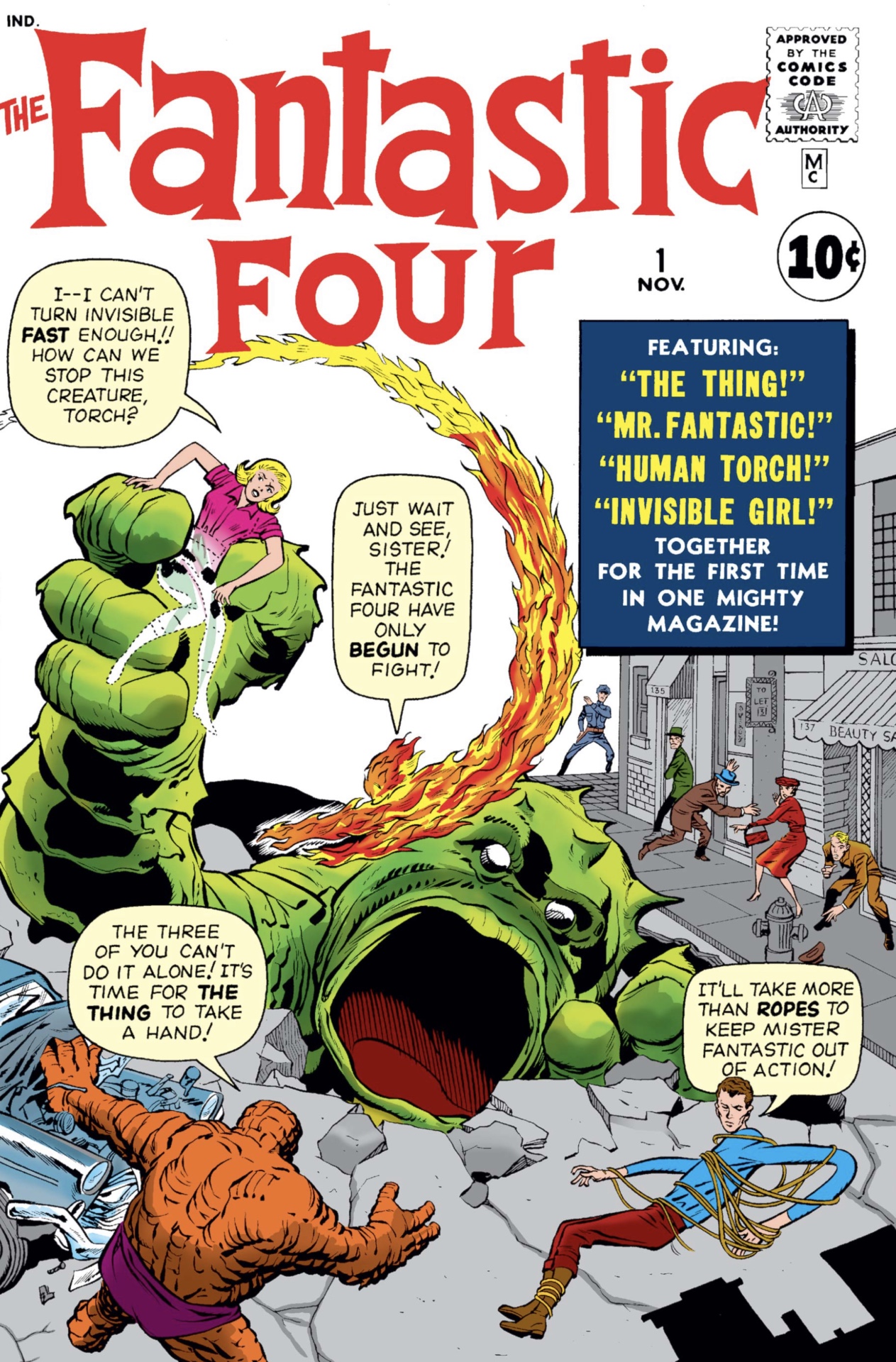
When Fantastic Four #1 turned the publisher, by then called Marvel Comics, toward superheroes, some of the old horror characters were actually grandfathered into the Marvel Universe. Right off the bat Jack Kirby and Stan Lee couldn't help but bring in a giant monster for the team to fight, as depicted in the issue's now famous cover.
And then there are other Marvel Comics staples that came straight from horror comics to the Marvel Universe, including Hank Pym, who originally appeared in the 1962 horror story 'The Man in the Ant-Hill' in which his shrinking technology leads to him being stuck, well, in an ant-hill. The story was revised to become Pym's superhero origin, and the rest, as they say, is history.
Comic deals, prizes and latest news
Get the best comic news, insights, opinions, analysis and more!
Likewise, the dragon(-like) Fin Fang Foom and later many more of the kaiju-like Marvel Monsters were eventually brought into the Marvel Universe, with Marvel incorporating more and more crossover elements between its previous horror-focused era and its modern superhero sensibilities as the years went by.
Scary superheroes
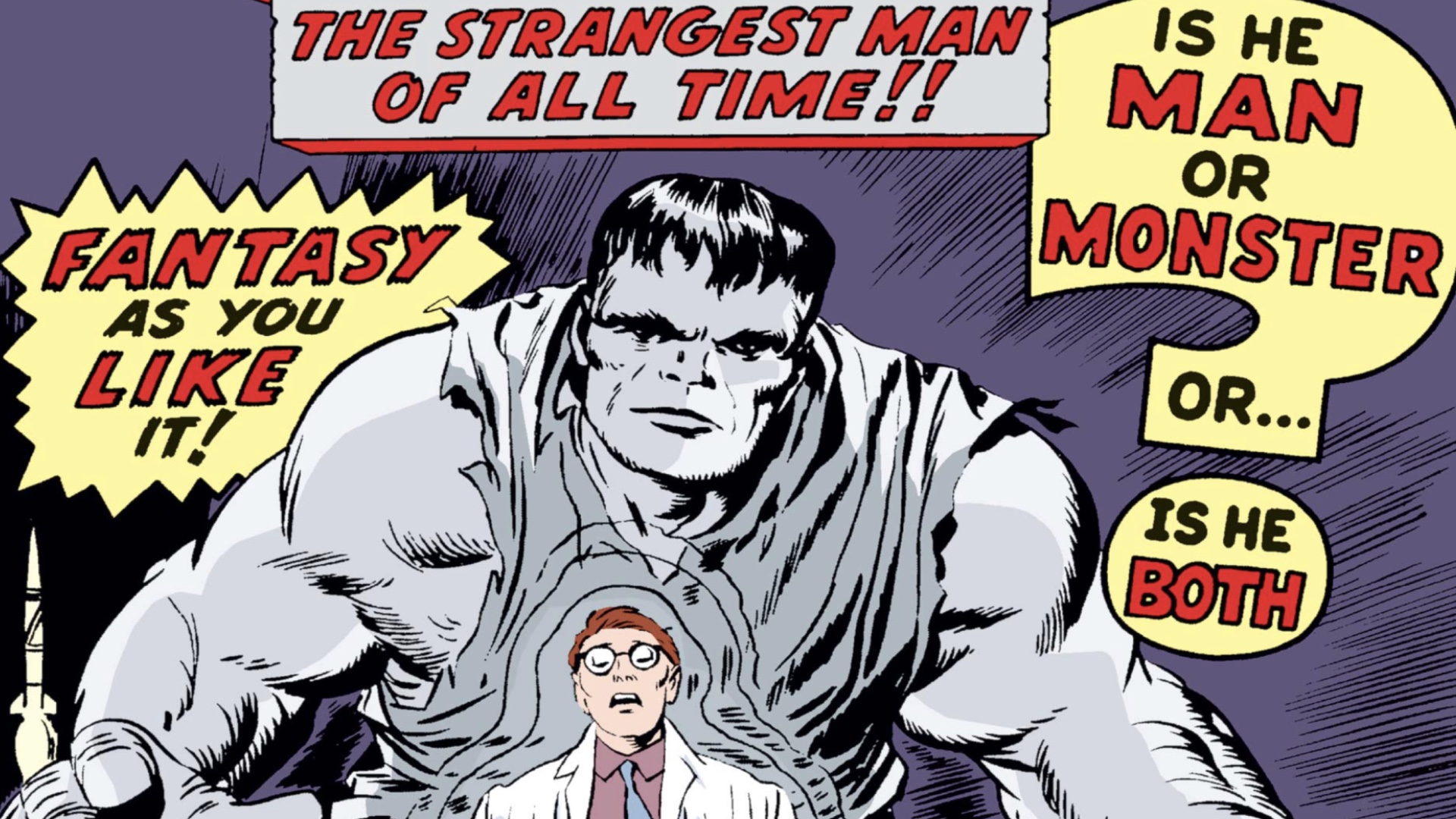
Eventually, sci-fi titles such as Tales of Suspense and Tales to Astonish switched over to featuring the adventures of heroes such as Iron Man and Thor, respectively.
And the mash-up of superheroes and horror went even further with the introduction of the Hulk, the Marvel Universe's first big anti-hero.
Though his stories have always had a superhero flair, the original issues of The Incredible Hulk are far closer to a Universal Monster movie of a man trapped in a psychological nightmare than a straightforward superhero comic.
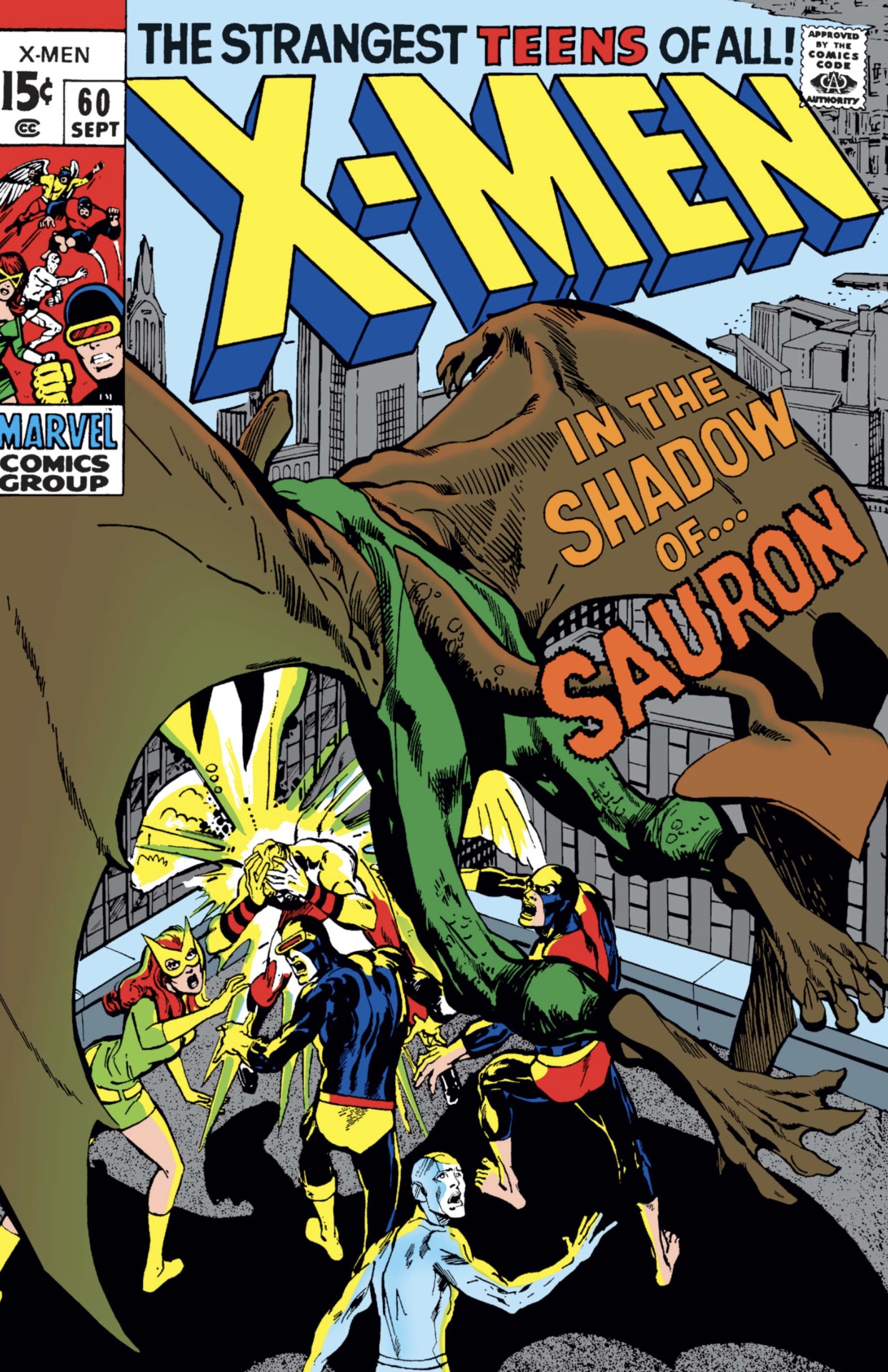
Still, Marvel Comics was a few years out from actively embracing the style of horror that has now come to define the idea of Marvel horror comics, having to censor stories of vampires and werewolves by finding equivalent concepts that didn't violate the Comics Code Authority's strict rules on the depiction of horror in comic books.
These took root in tales like the aforementioned story of the Hulk (a man who turns into a monster at night), and the X-Men villain Sauron (a bat-like flying dinosaur mutate who survives on vampirically absorbing life force).
But those ideas were always twisted just enough to keep censors concerned over the impact the depiction of horror in comics may have on children from cracking down.
Then in the early '70s, everything changed when the Comics Code Authority loosened its restrictions on the depiction of classic horror concepts, and Marvel dug in wholeheartedly.
The spooky '70s
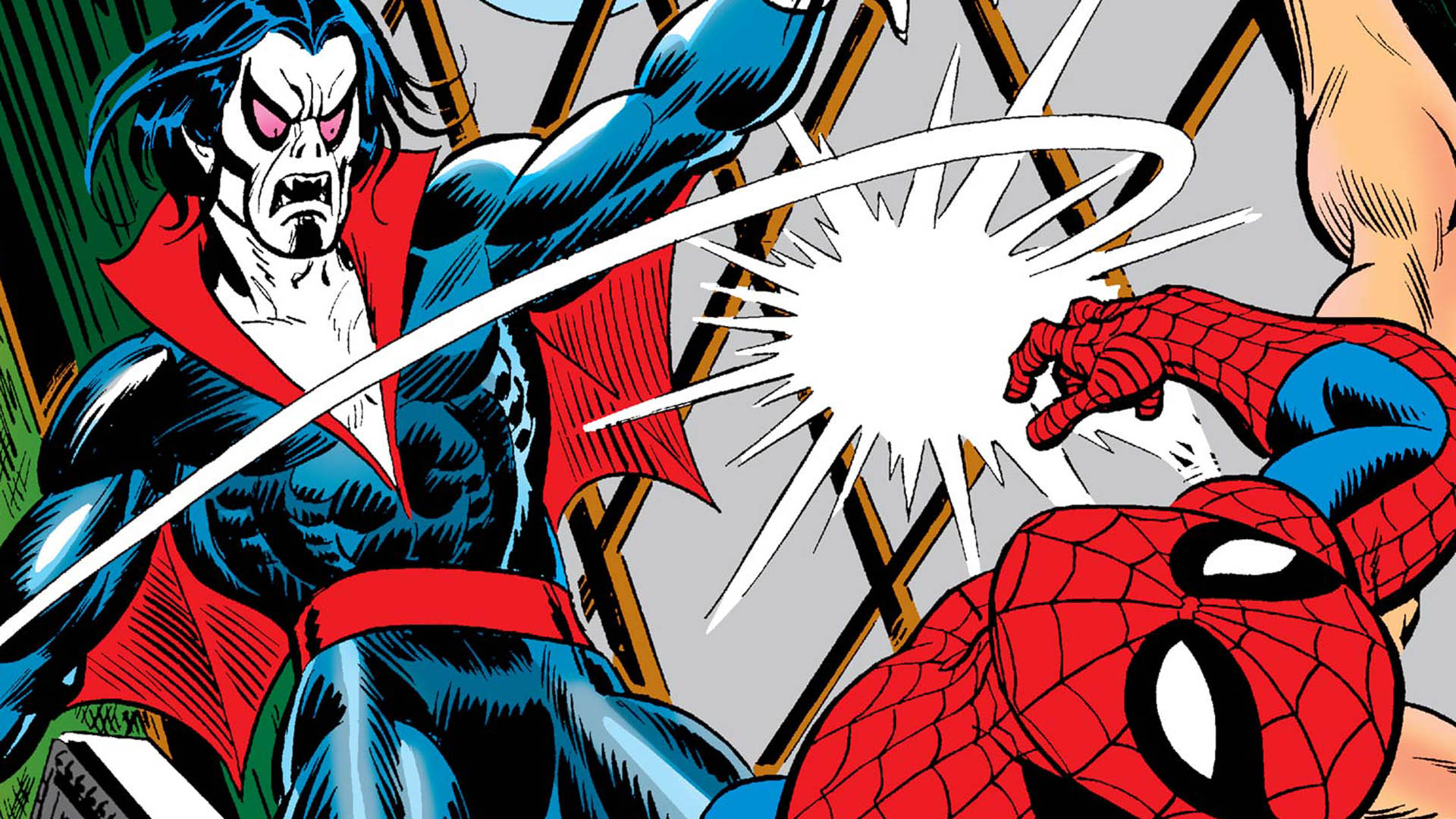
First Marvel pushed the envelope by introducing the devilish Mephisto in 1968, who was a particularly straightforward depiction of a satanic character, and full-on self-described witch Agatha Harkness in 1969. And then in 1971, they went even further with Morbius, the Living Vampire - "living" being the adjective keeping Morbius from being censored, as the Comics Code specifically banned the depiction of the "undead."
But the dam finally broke when the Comics Code Authority began to allow classic horror monsters such as vampires, werewolves, and zombies into comics, as well as somewhat darker and occasionally more violent themes.
It's in this era that an actual horror-focused wing of Marvel Comics began to form, first with the introduction of Werewolf By Night in early 1972, a full-on werewolf whose horror-fueled adventures existed in the Marvel Universe proper. And then later that year, Marvel launched Tomb of Dracula, featuring the Marvel Universe version of the classic public domain literary vampire.
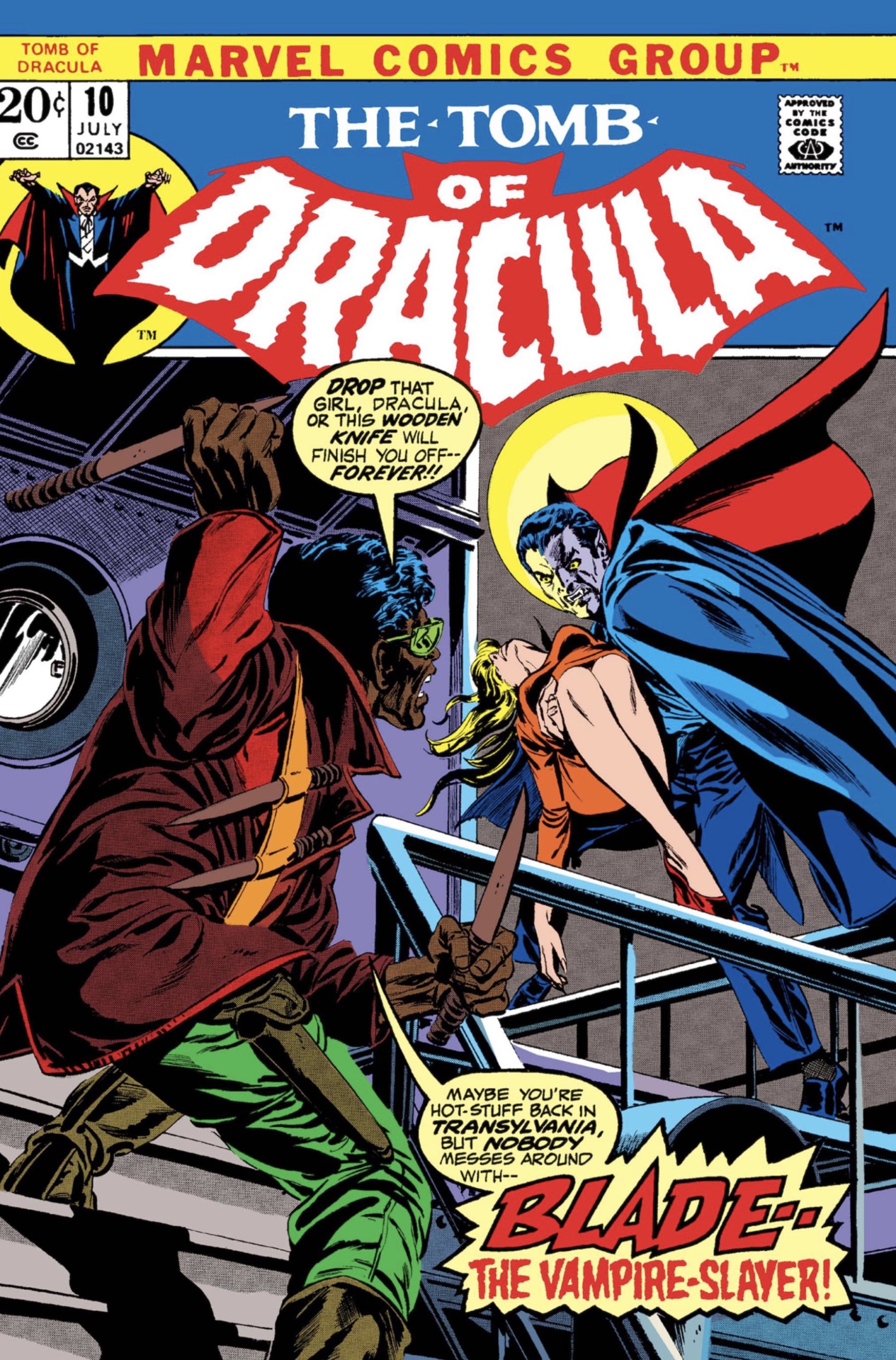
These two titles would go on to form the early backbone of Marvel's horror wing, launching characters and concepts including Blade, Moon Knight, and the Darkhold, which are now becoming staples of the budding MCU horror wing.
Meanwhile, the '70s also introduced characters such as the swampy Man-Thing (who beat Swamp Thing to the page by about a year) and the ghastly Ghost Rider, who has become one of the key characters of the Marvel Universe's horror wing in the years since.
While Ghost Rider and Man-Thing were bringing more and more horror into the superhero side of the Marvel Universe, the opposite started to happen as well, with concepts such as the Darkhold crossing over into the Avengers to become key components of mainstream Marvel continuity.
Rise of the Midnight Sons
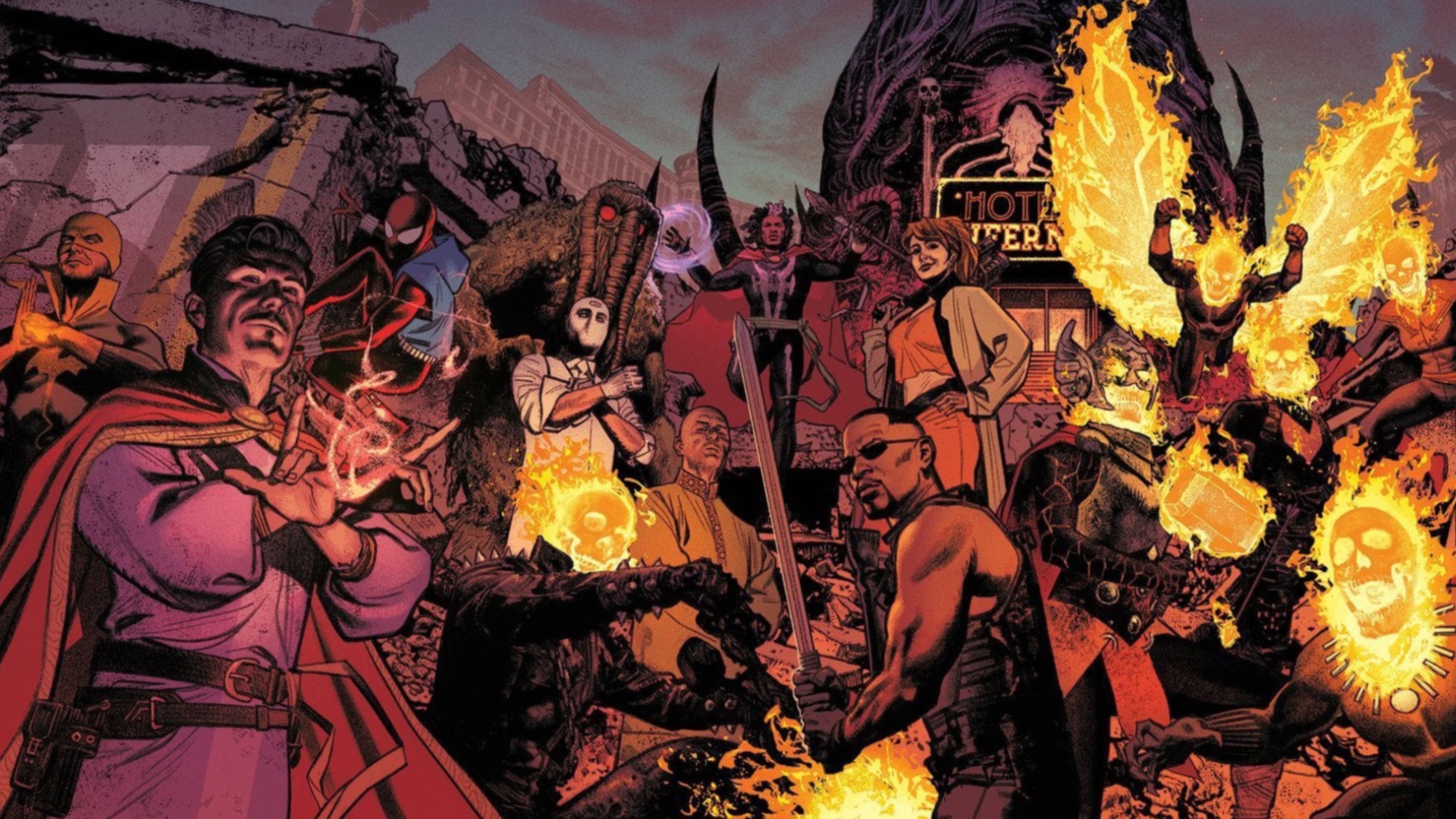
In the early '90s, Marvel Comics and horror once again went fully hand-in-hand, with the once somewhat distant horror themes of Werewolf By Night and Tomb of Dracula now fully incorporated into the Marvel Universe and brushing up against the Avengers, Doctor Strange, the X-Men, and many other superheroes.
That's when Marvel took the opportunity to create a full-on horror team, the Midnight Sons. Headed up by characters such as Morbius, Werewolf by Night, Blade, Doctor Strange, Ghost Rider, and more or less just about every horror-based Marvel superhero at some point over the years, the Midnight Sons became the premiere supernatural superteam of the Marvel Universe.
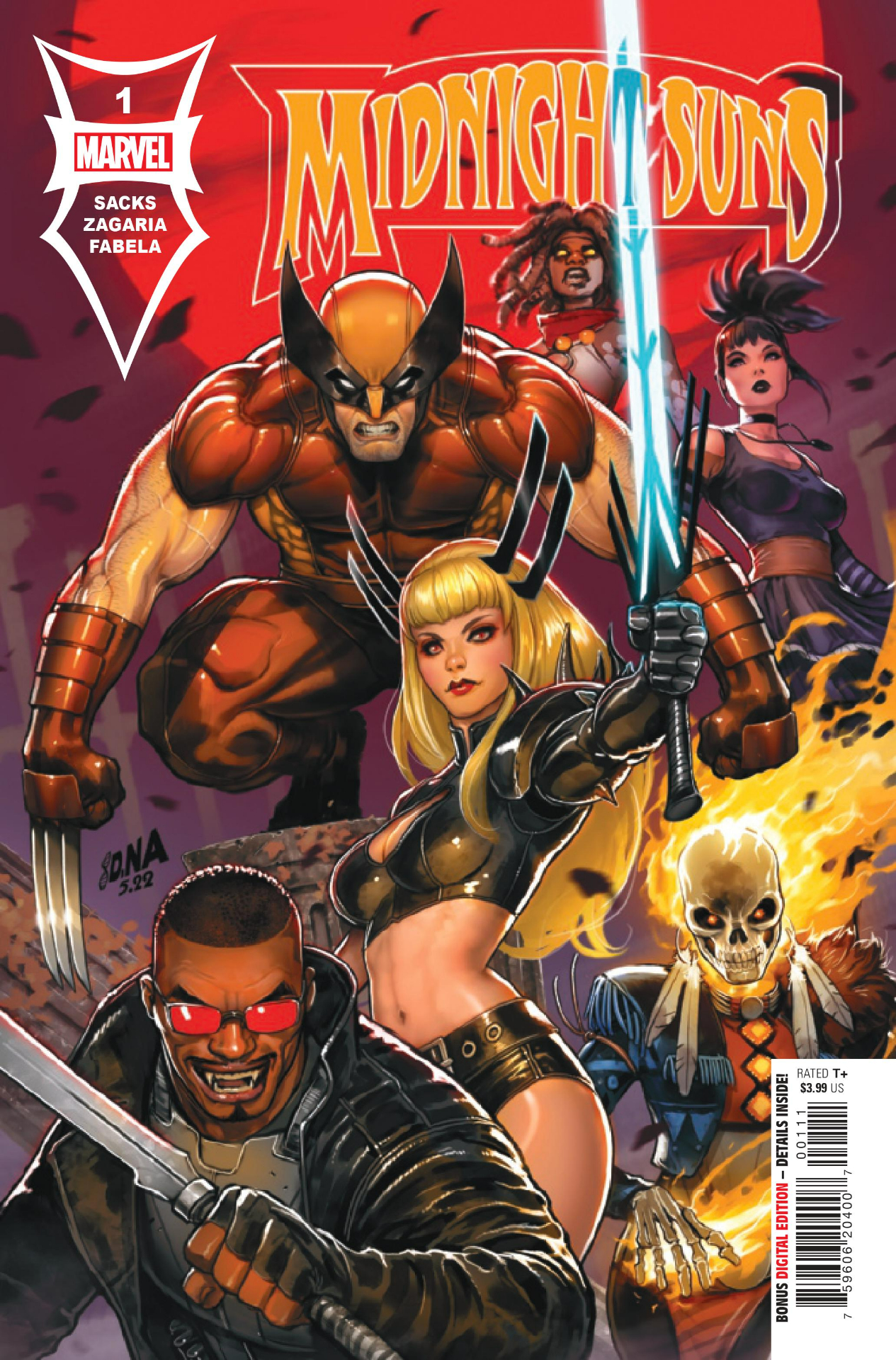
The team has had several incarnations over the years, but since their introduction, the Midnight Sons have become something of the uniting force of Marvel's horror wing, including an ongoing relaunch as the Midnight Suns. The slightly differently named team keeps the same concept while bringing in more straightforward superhero characters such as Wolverine.
The newly revamped team just had a new Midnight Suns #1 go on sale, and they'll star in their own upcoming Midnight Suns video game which adds even more superheroes to the roster such as Iron Man and Captain America.
Marvel Horror in the MCU
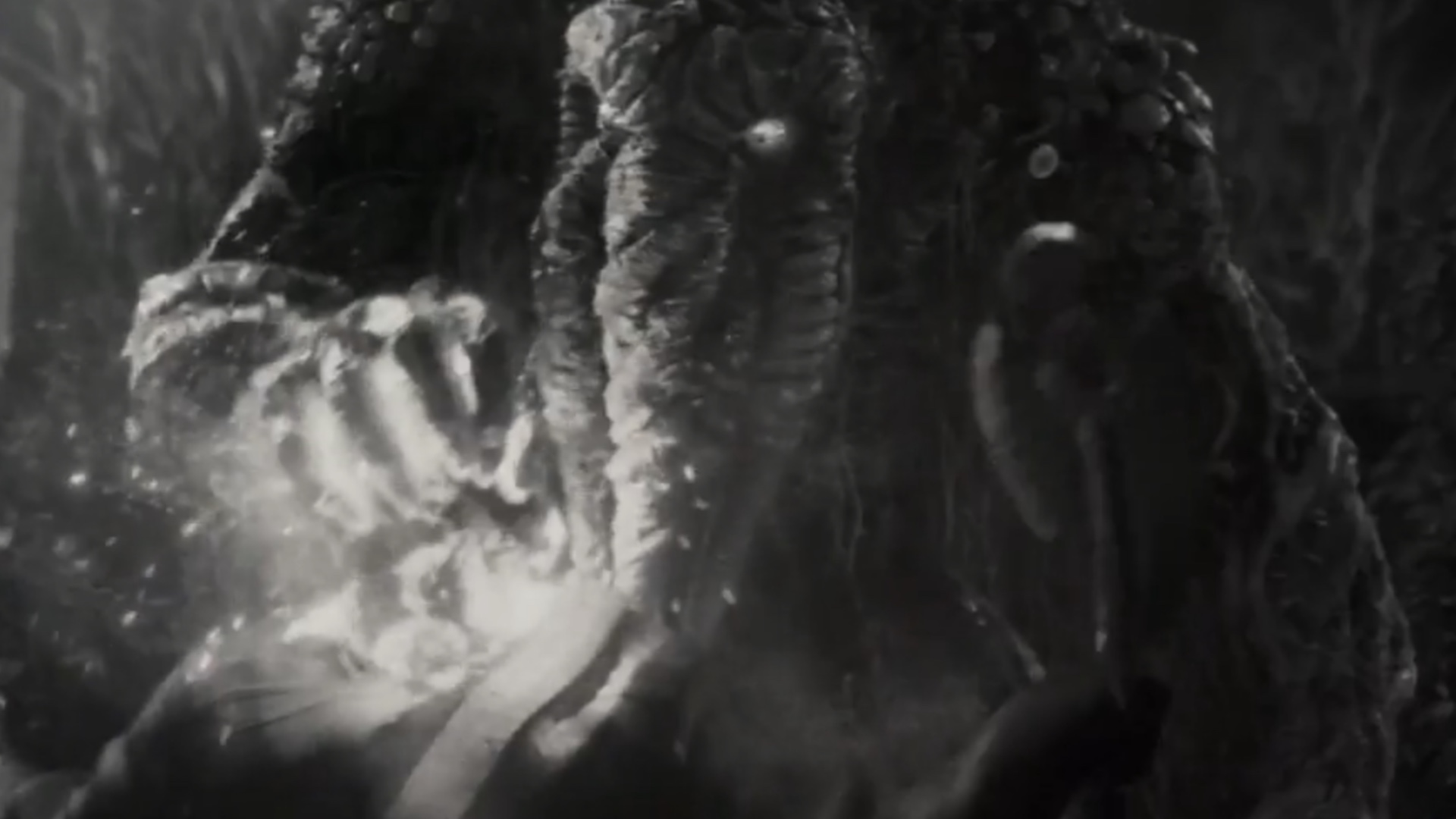
Meanwhile, in the MCU, there's been a wave of horror characters introduced, including Moon Knight, who got his own Disney Plus streaming series; Blade who, is about to get an MCU-based movie reboot; and Agatha Harkness, who will get her own streaming spin-off series from Disney Plus' WandaVision.
And of course, there's Werewolf By Night, whose Werewolf By Night streaming special presentation, now released, introduces even more Marvel horror characters such as Man-Thing and Elsa Bloodstone to the MCU, setting up the character to once again act as a springboard for the introduction of a wider world of horror-fueled superhero concepts.
Whatever comes next for Marvel horror in the MCU, the concept of combining horror and superheroes is as alive as ever in comic books, with the revitalized Midnight Suns leading the way, even into other media such as video games - meaning it's very likely the MCU is about to start following suit with the introduction even more horror-fueled concepts.
Some of the characters introduced by Marvel horror comics are among the best supernatural superheroes of all time.
I've been Newsarama's resident Marvel Comics expert and general comic book historian since 2011. I've also been the on-site reporter at most major comic conventions such as Comic-Con International: San Diego, New York Comic Con, and C2E2. Outside of comic journalism, I am the artist of many weird pictures, and the guitarist of many heavy riffs. (They/Them)
